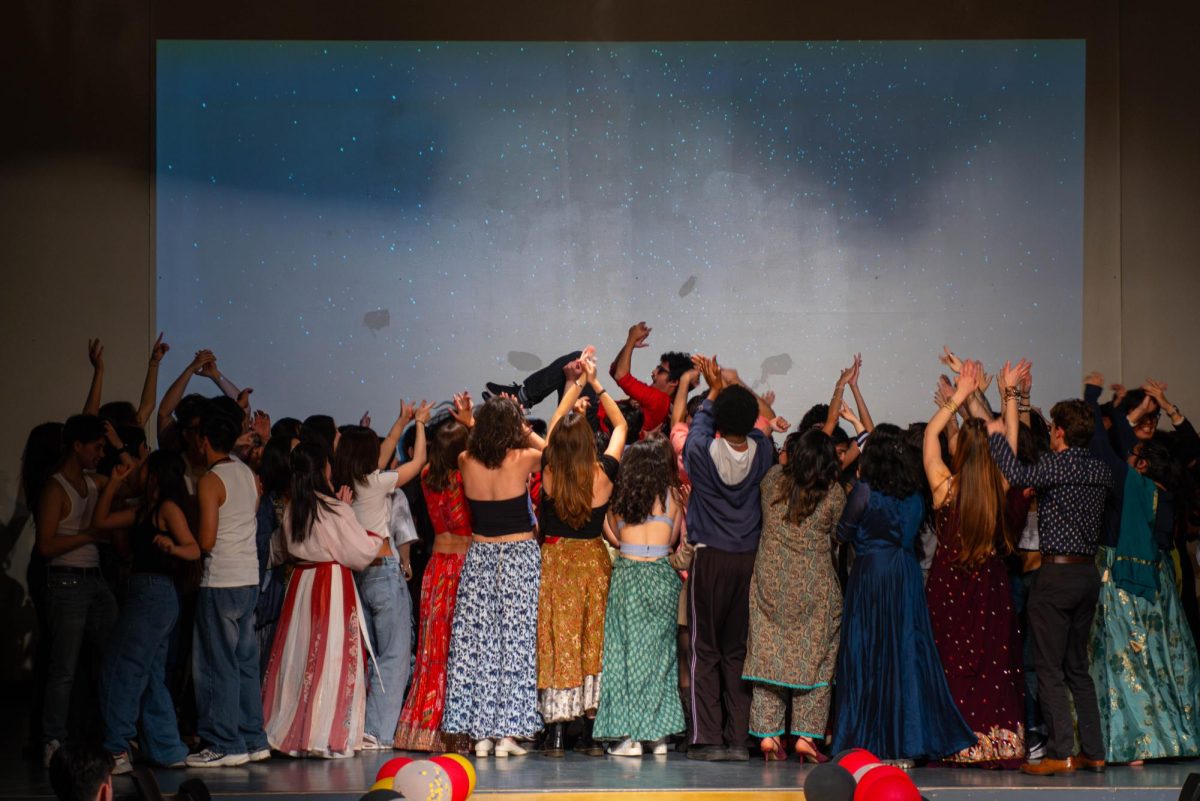By Eliza-Eve Leas
Student initiatives are a unique opportunity for students to use the StiFund to bring about change to campus through a bi-yearly vote. While students need 100 signatures to get their proposal on the ballot, the signatures are not hard to come by allowing for a slew of various proposals to see fruition.
They have ranged from proposed dining hall changes—a common request—to a proposed name-change for the school itself–in 2006, 25 percent of students voted for Grinnell to be re-named the “Richard J Walker ’04 Conservatory of Awesomeness.” Over 100 student initiatives over the past 11 years have called for a plethora of various actions— the construction of a bordello, the devotion of a room in the JRC to bean bags, and the restoration of peace to the galaxy.
Various students under the moniker Wedge Antilles requested that Grinnell restore peace to the galaxy in 2006, but it was Grinnell’s own Brooks Brunner and Kate Ottesen who asked students to “be less dumb” in 2003. Both initiatives failed, although an initiative to increase the frequency of nachos in the dining hall passed in 2007 with 67 percent of the vote. Grinnellians seem to have surprising priorities. SGA President Harry Krejsa ’10 noted that student initiatives are used to measure priorities such as these, as well as achieve changes.
“[They have] served as a barometer of student opinion,” Krejsa said.
The student initiatives do get “real things” done as well, though. Last year, an auto-fryer was successfully installed in Lyle’s Pub–which, by the way, gets its name from an initiative, as the original name was “the Wedge,” in reference to the still-infamous Wedge Antilles. This year, students attempted to build an ice rink before the snow melted, despite not being completed the students will have the opportunity to construct it next year. When the snow is completely gone, tetherball courts will be erected as a result of another initiative.
The initiatives that have historically been most successful are those that make small changes to student life.
“Where it has been most effective are in bite-sized improvements to student life, [with] things like the ice rink or the swing set or bean bags around campus,” Krejsa said.
Students have been very interested in a more literal take on “bite-sized improvements.” The most common initiatives by far have concerned changes to the dining hall, such as nutrition labeling, ingredient labeling and a focus on local foods. Changes in the marketplace are difficult to implement, however.
“A lot of the things that involve the dining hall are harder [to see through] than people would expect,” Bill Mogavero, Chair of StiFund, said.
For example, labeling food in the dining hall has been requested in three separate initiatives, and passed in both votes for which data was available. Yet, labeling is still not available next to each product. Lyle Bauman, Dining Hall Supervisor, said that providing such detailed information with each meal would require significant work.
“It could be done, but it would be quite a task,” Bauman said.
He did point out that nutritional and ingredient information is available for all regular meals in the binders by the front of the Dining Hall. Dining Services has tried to implement other student initiative requests, such as greater local foods, as described in the Feb. 19 issue of the Scarlet & Black—see “GALFA restarts, aims to change the way Grinnell community eats.”
The concrete figures of initiatives that have been successful is different to find, both those concerning the Dining Hall and those about campus issues in general. While the Student Initiative Committee (STIC) has records of student initiatives and those that passed and failed, it does not have precise records of which passed initiatives were actually put into place.
“In the past there haven’t been particularly good records of what has happened to initiatives once they got into [STIC]. That’s something that we’re trying to improve on this year,” Mogavero said. “I think in the past there might have been times that things slipped through the cracks… It is a shame when things like that get lost, because they are good ideas.”

















































